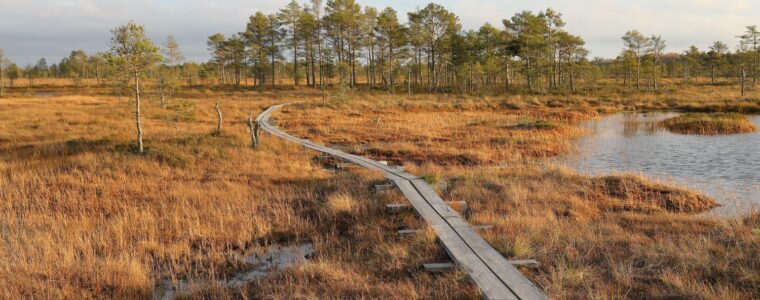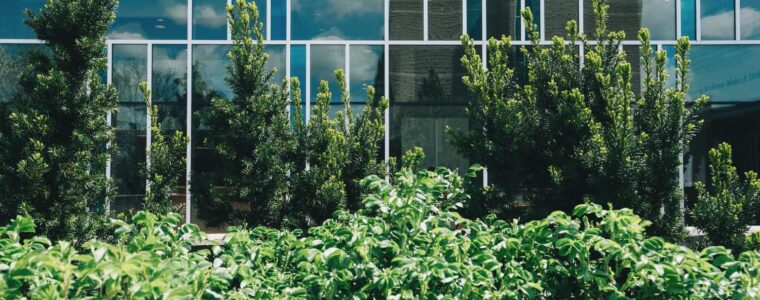The 2023 season of call for applications of BIOS2 is open! There are several opportunities available: undergraduate fellowship, postdoctoral fellowship for persistence and graduate student fellowship. Applications for the undergraduate and postdoctoral fellowships will be open until the positions are filled, and the graduate student fellowship applications close on August 18, 2023.
Category: BIOS2 Call
Call 2022 to participate in the BIOS² program
This is the 2022 Call for BIOS² Fellows. This call is for current BIOS2 Fellows to renew their membership and/or funding and for graduate students to join the BIOS2 program.
Applications are due by August 10, 2022.
Program Description
The Computational Biodiversity Science and Services BIOS2 training program is a NSERC-CREATE program. Fellows learn computational and quantitative skills from some of Canada’s best biodiversity scientists and apply skills to solve real-world problems through internships and working groups. BIOS² aims at widening opportunities and skill sets among students and postdoctoral fellows and increasing recruitment in biodiversity science in the Canadian job market.
BIOS2 training consists of instruction (courses, short modules, and summer schools), working groups and internships. Fellows will use their internships and working groups to solve real-world problems related to biodiversity and to get valuable professional experience outside of academia.
Call for proposals: Open projects in biodiversity science and Non-NSE domains
The BIOS2 Research Funding Program supports open projects in biodiversity science and non-NSE domains proposed by academic members.
The BIOS² training program provides a framework to foster collaborative, multidisciplinary and cross-sectoral research. It focuses on training the next generation of highly qualified people in quantitative ecology as well as future actors and decision makers in the biodiversity science sector. The main objectives of the program are to widen opportunities and skill sets among students and increase their recruitment in Biodiversity science in the Canadian job market.
We are currently offering financial support for projects in biodiversity science, and in non-Natural Sciences and Engineering domains. The aim of this call is to fund projects, not students. Once the project is awarded, students are selected by the academic member(s) leading the project.
Read More “Call for proposals: Open projects in biodiversity science and Non-NSE domains”
Call for projects: BIOS² Funding Program for PhD project in partnership
The BIOS² Research Funding Program in partnership supports PhD projects proposed by non-academic partner. The overall theme of the call is “improving biodiversity assessments with new computing technologies”.
Biodiversity science progressed in the last fifteen years due to remarkable technical advances in computing power and data availability. Biodiversity monitoring programs, along with research projects and citizen science generate massive amounts of information that can be used to predict future impacts of human actions on biodiversity. Other fields of life sciences, such as genomics, medicine, and neuroscience, have met the ‘big data’ challenge by developing computational infrastructure, data pipelines and analytical frameworks, while ecology is comparatively lagging behind. This requires a specific approach to raising computational literacy among the future generation of ecologists.
Read More “Call for projects: BIOS² Funding Program for PhD project in partnership”
Call 2021 – Apply now to become a BIOS² Fellows
This is the 2021 Call for new BIOS² Fellows.
Applications are due by July 18, 2021.
The Computational Biodiversity Science and Services BIOS2 training program is a NSERC-CREATE program. Fellows learn computational and quantitative skills from some of Canada’s best biodiversity scientists and apply skills to solve real-world problems through internships and working groups. BIOS² aims at widening opportunities and skill sets among students and postdoctoral fellows and increasing recruitment in biodiversity science in the Canadian job market.
This Call is intended for graduate students, with or without funding, but the program is open to all.
Students accepted into the BIOS² program will have access to all training activities and financial support, including scholarships and travel grants. More information can be found here: https://bios2.usherbrooke.ca/get-involved/graduate-students/.
Call for proposals: BIOS² Funding Program for PhD project in partnership
The BIOS² Research Funding Program in partnership supports PhD projects proposed by non-academic partner. The overall theme of the call is “improving biodiversity assessments with new computing technologies”.
Read More “Call for proposals: BIOS² Funding Program for PhD project in partnership”





